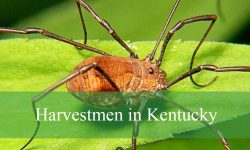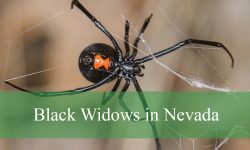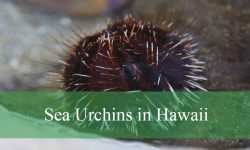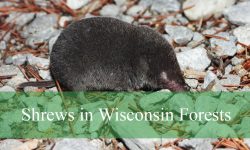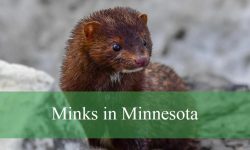Centipedes are fascinating creatures that play a vital role in the ecosystem. With their long, segmented bodies and numerous legs, they are efficient predators that help control insect populations. But what exactly do centipedes eat?
In this guide, we will explore their diet in detail, covering their natural feeding habits, prey preferences, and the impact of their diet on their survival.
Understanding Centipedes: General Overview
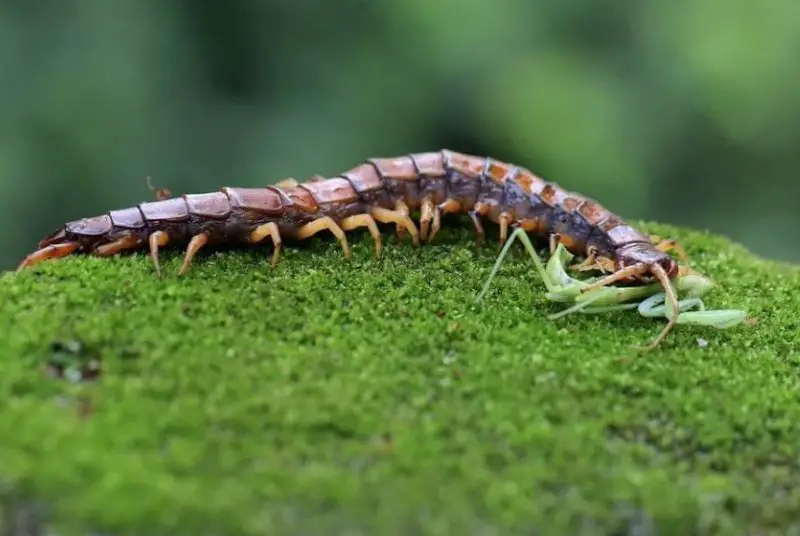
Before diving into their diet, it is important to understand centipedes themselves. These arthropods belong to the class Chilopoda and are known for their speed, venomous fangs, and predatory nature. They are found in various environments, from tropical rainforests to deserts and even urban areas. With their elongated, flattened bodies and multiple pairs of legs, centipedes have adapted to thrive in diverse habitats. Some species prefer moist environments, such as under rocks, logs, or within leaf litter, while others can survive in drier regions by burrowing into the soil.
Anatomy and Hunting Mechanisms
Centipedes have specialized body structures that make them effective hunters. One of the most distinctive features of centipedes is their forcipules, which are modified front legs that function as venomous claws. These are used to inject venom into their prey, immobilizing them instantly. Their fast movement, facilitated by their numerous legs, allows them to swiftly chase down their victims. Additionally, centipedes possess highly sensitive antennae that help detect vibrations and locate prey even in complete darkness. Their keen sense of touch and responsiveness to environmental changes make them formidable nocturnal predators.
What Do Centipedes Eat in the Wild?
Centipedes are carnivorous by nature and primarily feed on other small creatures, making them an essential part of the ecosystem. Their diet varies depending on their size, species, and habitat, but they are generally known to prey on insects and other arthropods. In many cases, they will actively hunt for ants, cockroaches, termites, beetles, grasshoppers, and spiders. These creatures form the bulk of their diet, as they are relatively easy to capture and subdue.
Larger centipede species, such as the Amazonian giant centipede (Scolopendra gigantea), are capable of hunting prey much larger than themselves. These formidable hunters have been observed feeding on small vertebrates, including lizards, frogs, birds, mice, and even small snakes. The venom they inject into their victims is potent enough to paralyze and kill these creatures, allowing the centipede to consume them at its own pace. This ability to subdue larger prey sets them apart from many other invertebrates and highlights their predatory efficiency.
Centipedes are also known to engage in cannibalism, particularly when food sources are scarce. In certain situations, a larger centipede may attack and consume a smaller or weaker individual of its own kind. This behavior ensures that only the strongest survive and thrive in their natural environment.
How Do Centipedes Hunt Their Prey?
Centipedes are primarily ambush predators, meaning they rely on stealth and quick reflexes to capture their prey. Instead of chasing down their victims over long distances, centipedes prefer to lie in wait, camouflaging themselves within their surroundings until an unsuspecting creature comes within striking range. The moment the prey gets too close, the centipede lunges forward with incredible speed, seizing it with its forcipules and injecting venom to immobilize it.
Once the venom takes effect, the centipede begins the process of consuming its prey. Using its strong mandibles, it crushes the exoskeleton and soft tissues of the captured creature, breaking it down into digestible pieces. The digestive enzymes within the centipede’s saliva help to liquefy the prey’s internal structures, making consumption easier. This method of external digestion allows the centipede to extract as many nutrients as possible from its meal.
What Do Pet Centipedes Eat?
If you are keeping a centipede as a pet, ensuring a proper diet is crucial for its health. Pet centipedes should be fed a diet that closely mimics what they would eat in the wild. Common food options for pet centipedes include crickets, mealworms, small roaches, waxworms, and for larger species, small pinky mice. These prey items provide the necessary nutrients that centipedes need to thrive in captivity.
Feeding frequency depends on the centipede’s size and species. Younger centipedes generally require food more frequently, typically every one to two days, to support their rapid growth and development. Adult centipedes, on the other hand, can go several days between meals, usually feeding every three to five days. It is important to observe their eating habits and adjust feeding schedules accordingly to ensure they receive adequate nutrition.
Centipedes prefer live prey over pre-killed food, as they rely on movement to trigger their hunting instincts. A live insect’s movements stimulate the centipede’s natural predatory response, making the feeding process more engaging and natural for the pet.
Environmental Impact of Centipedes’ Diet
Centipedes play an essential role in the environment by controlling insect populations. As natural predators, they help keep pest populations in check, reducing the numbers of creatures like cockroaches, termites, and other insects that can become problematic for humans. Their presence in gardens and natural habitats contributes to a balanced ecosystem, preventing the overpopulation of certain species.
Beyond pest control, centipedes also contribute to nutrient cycling. By feeding on various insects and arthropods, they help break down organic material, facilitating the decomposition process. This contributes to the overall health of the soil and surrounding environment, supporting biodiversity and ecological stability.
Conclusion
Centipedes are effective predators that feed on a variety of insects, arthropods, and even small vertebrates. Their venom and hunting tactics make them formidable hunters in their ecosystems. Whether in the wild or as pets, understanding their diet is essential for appreciating these fascinating creatures. Their role in controlling pest populations and contributing to ecosystem balance highlights their importance in nature.
By knowing what centipedes eat, you can gain a deeper appreciation for their existence and their role in the intricate web of life. Whether you encounter one in your garden, keep one as a pet, or simply admire them from a distance, understanding their dietary habits can enhance your knowledge of these incredible arthropods.

